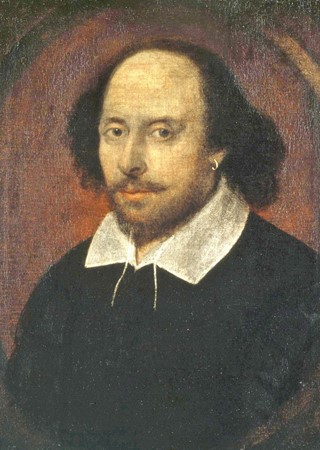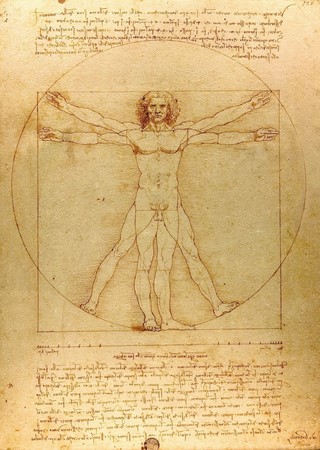Europe2
The Renaissance in Europe refers to a period between the Middle Ages and the Modern period. Although different parts of Europe experienced the Renaissance at different times in their own unique ways, it can be said that it roughly ranges from the fourteenth century to the seventeenth century. Rather than having a clear demarcation from the previous and later periods, it converges with the later phase of the Middle Ages (ranging from the fifth century to the fifteenth century) and with a large part of the Early Modern period (ranging from 1450 C.E. to 1750 C.E.).
As the literal meaning of renaissance, “rebirth,” indicates, the European Renaissance was a period of a renewed interest in the Classical world of Greece and Rome and the intellectual movement called humanism. In humanism, secular scholars sought to help humans break free from the mental restrictions based on religious orthodoxy, to encourage free intellectual investigation, and to empower the potential of human thinking and creativity. This development first began in Italy and influenced all parts of Europe. Other major changes include the decline of the feudal system, the growth of commerce, and the applications of innovations such as paper, printing, gunpowder, and the mariner’s compass. The invention of metal movable type (c. 1450 C.E.) is generally credited to Johannes Gutenberg; with the invention of printing came increased literacy and the development of vernacular literature. The Protestant Reformation led by Martin Luther presented a new form of Christianity that focuses on the individual’s inner experiences, and it also brought out Counter-Reformation in Catholic countries. Renaissance Europe also made great strides in exploring new continents. Christopher Columbus arrived in America in 1492, which led to the far-reaching consequences of establishing European overseas empires. For example, Spain under the reign of Phillip II (1556-1598 C.E.) was a powerful empire, controlling many territories in Asia, Africa, and America, although it eventually ran into bankruptcy and entered into a period of decline.

The selections in this chapter reflect many of the characteristics of this period. Thomas More, Machiavelli, Cervantes, and Shakespeare are all good examples of the intellectual movement of humanism. Cervantes’s Don Quixote, generally regarded as the first Western novel, can be compared with Rabelais’s Gargantua and Pantagruel in its use of humor and satire. In England, More’s Utopia imagined a world entirely governed by reason. Further, in England, drama particularly flourished, with its primary playwright Shakespeare. Both Columbus’s entries and Shakespeare’s The Tempest reveal Europe’s encounter with and imagination of the New World.
AS YOU READ, CONSIDER THE FOLLOWING QUESTIONS:
- How does humanism seem to have affected the writings in this period?
- How do the selected works in this chapter seem to engage previous literary heritages and traditions?
- How do the works in this chapter shed light on Europe’s encounter with and imagination of the New World?
- How do the works in this chapter approach the notion of identity?
- What specific literary device, style, or strategy do you find notable in the selected works?

FOR MORE INFORMATION, SEE THE FOLLOWING SOURCES:
- For the interactive map of Christopher Columbus’s voyages, click “interactive”: http://www.britannica.com/EBchecked/topic/127070/Christopher-Columbus
- You can find Renaissance works of art and an educational video titled “Spirit of the Renaissance” at the following website: http://www.britannica.com/EBchecked/topic/497788/Renaissance-art
Written by Kyounghye Kwon


